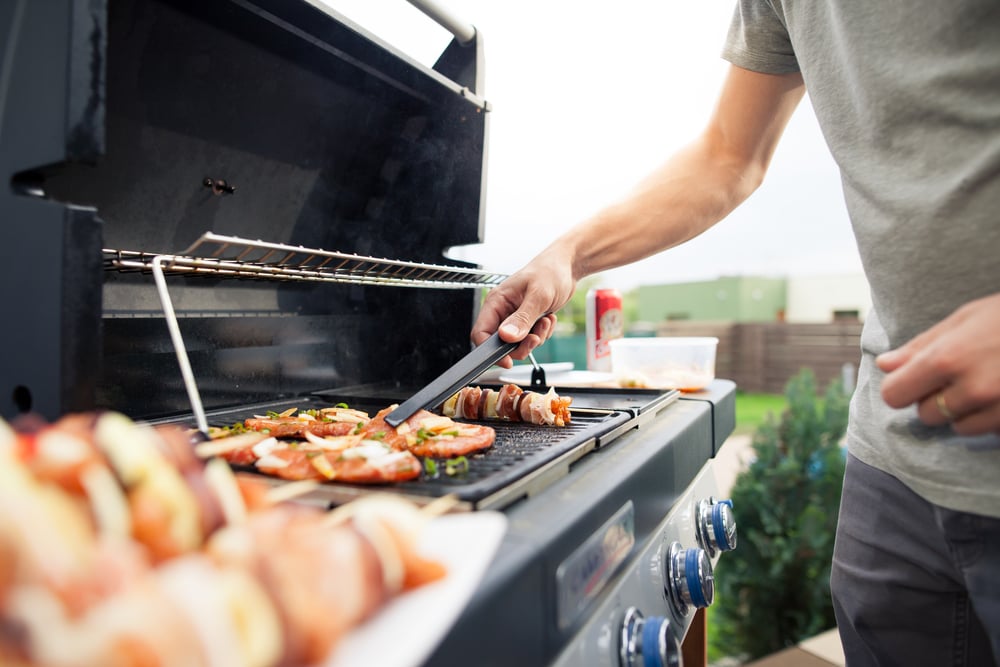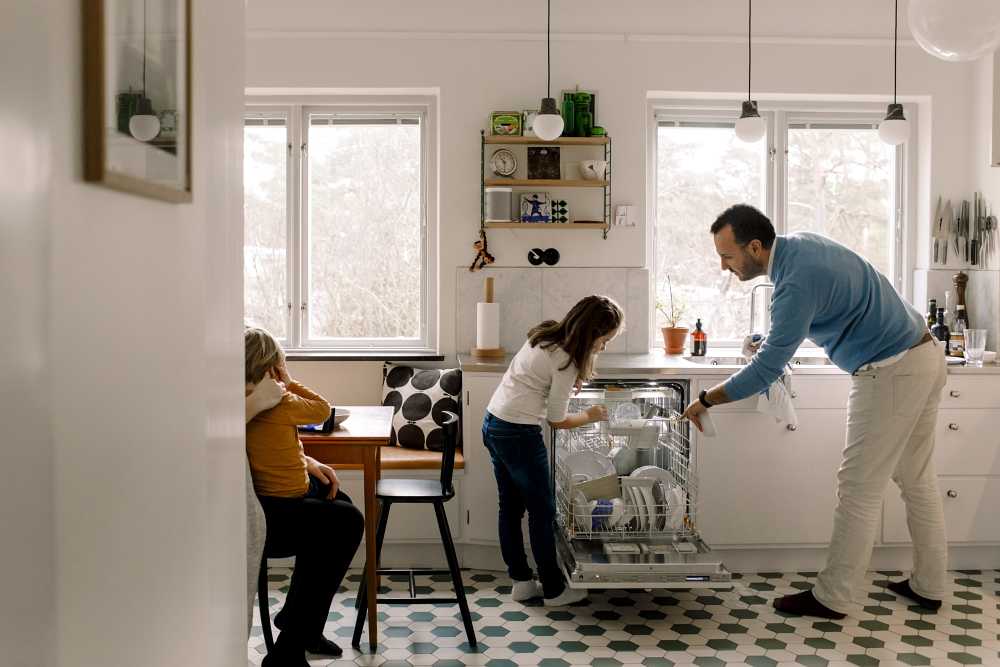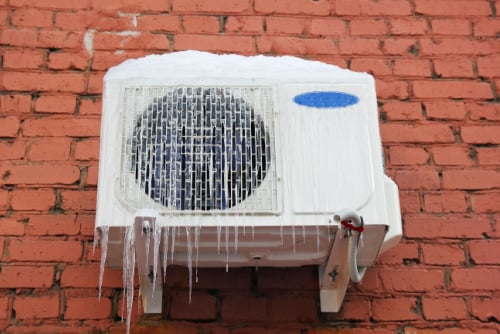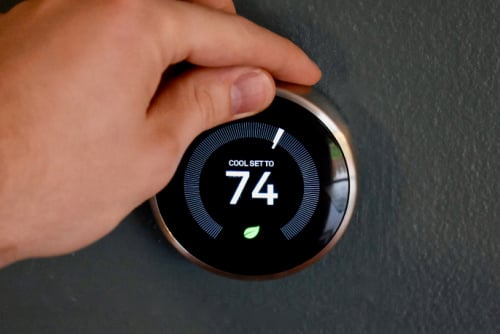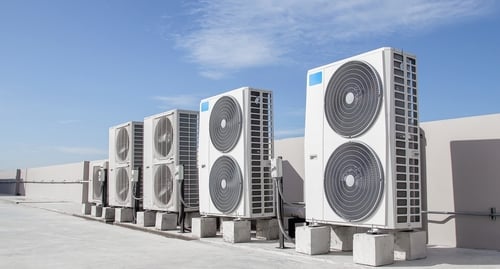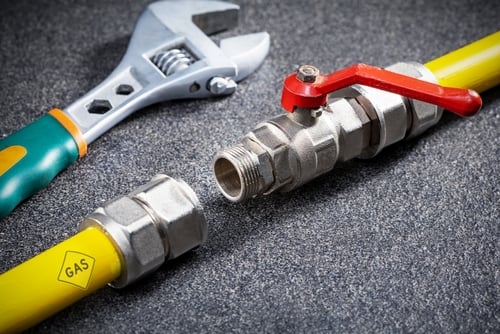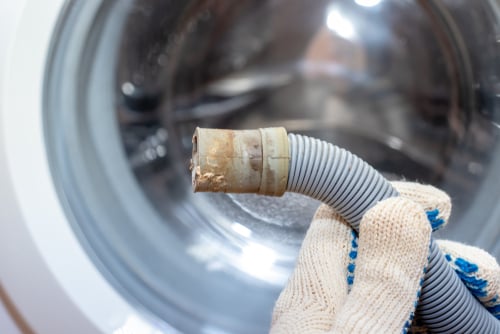Cooking with gas: What to do when your grill won’t light.
The sun’s out, your friends are over, the steaks are seasoned, and the grill is…refusing to ignite. Before you throw the steaks in the freezer and order a pizza, run through the most likely reasons for a gas grill not lighting. We’ve put together a handy checklist that should have you fired up in no time.
Take a moment.
First, take a look at the instruction manual that came with the grill—if you still have it. Then make sure you’re following the correct procedure for lighting a gas grill. Once you’ve done that, you can move on to diagnosing the problem.
No fire? Could be a wire.
A loose wire can be the reason your grill won’t light. Check the wires leading to the spark generator and make sure they’re all snugly plugged in. Also make sure there are no frayed or damaged wires.
If that doesn’t do the trick, check the electrode wires. While you’re there, wipe the electrode terminals with a clean cotton swab or rubbing alcohol. If the grill’s still not lighting, you may need to replace the electrode.
Try a little clean-up.
One reason a grill won’t light is dirt and grime have gummed up the tubes and ports under the burner.
Disconnect the grill from the propane tank, then remove the grate and clear away any debris. While you’re at it, check the electrodes for dirt and rust. Remove the flame tamer and pull off the igniter mounting screw to expose the electrodes. Scrape or clean any buildup, replace the components, and try again.
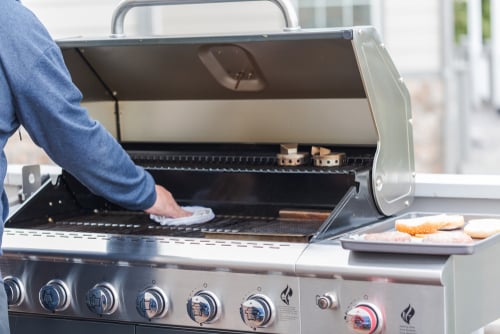
Think tank.
If the grill is still a no-go, make sure the propane tank is properly connected. There’s a chance the coupling nut isn’t attached to the tank’s cylinder valve. Turn the nut by hand until it stops and see if that solves the problem.
Running on empty?
Once you’re sure the propane tank is connected, you might as well check to see how much gas is in there.
Slowly pour some hot water down one side of the tank. Then run your hand along the side to feel about where the temperature changes—the tank will be warm where there’s no propane and cool where there is. If you don’t notice any difference, your tank is empty.
Burp the grill.
Your grill has a propane regulator that safely controls the flow from the propane tank. If the valve gets stuck, not enough gas will reach the grill.
To reset the regulator, start by shutting off the gas on the propane tank. Then disconnect the hose from the tank, open the grill lid and turn all the burners on high. Give it a couple minutes to burn off any residual gas from the line, then shut the burners down. Reconnect the gas line, then slowly turn the tank on till it’s open all the way, and see if the grill lights up.
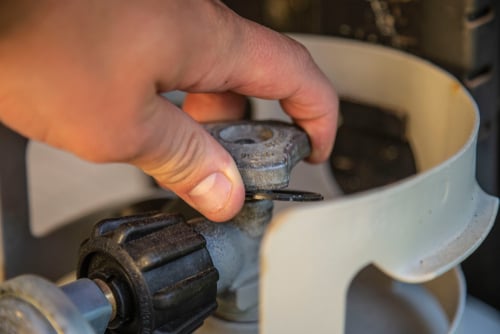
Grill igniter not working? Take charge.
If your grill uses an igniter battery—an ordinary AAA, AA or 9-volt—check to see if it’s positioned correctly and the electrodes aren’t wet, oxidized or corroded. Wipe down the battery with a dry cloth or use rubbing alcohol, then put it back in place. If the grill still doesn’t light, try replacing the battery.
What’s an ignition module?
The ignition module sends a current to the igniter electrode to help light the grill. If the battery’s good and still nothing’s happening, the module is the next item to check. Press the igniter button. If nothing clicks, you may need a new module.
Not hot enough for you?
If there’s a low flame on your gas grill or a grill not getting hot, check the fuel line regulator on the gas hose near the fuel tank to see if it’s sticking, which would reduce the amount of gas getting to the burners. You need to release the pressure on the regulator.
First, open the grill lid. Turn off the gas at the propane tank, disconnect the gas line and turn all the control valves to high. Give it about one minute, then turn the control valves off. Reconnect the gas line to the tank and slowly turn on the gas at the tank and light the grill. That should do the trick.
The weather may be to blame for your gas grill not lighting.
The weather can impact your grill’s operation, as moisture can keep it from sparking.
If the battery is left in the spark generator long enough, it’ll inevitably corrode. If you’re a fair-weather griller, consider removing the battery igniter when you’re not grilling. If you have cold winters, water can freeze in the gas line, damaging or blocking it.
You can move the propane tank inside for a while to let it warm up before you try to light it. If you have trouble lighting your propane grill in winter, it’s probably because the vapor pressure of propane falls with the temperature. A minor clog or blockage might not be a problem until the mercury drops.
At Frontdoor®, we know you love getting things done around the house. Staying in control of your to-do list is easier when you can keep the small things from turning into bigger—and more expensive—ones. We’re here to answer your home repair and maintenance questions in real-time.
Want to learn more about lighting a gas grill or any other household tips? Download the app if you haven’t already, and chat with a helpful, friendly Frontdoor Expert.
Frontdoor assumes no responsibility, and specifically disclaims all liability, for your use of any and all information contained herein.
Was this article helpful?
